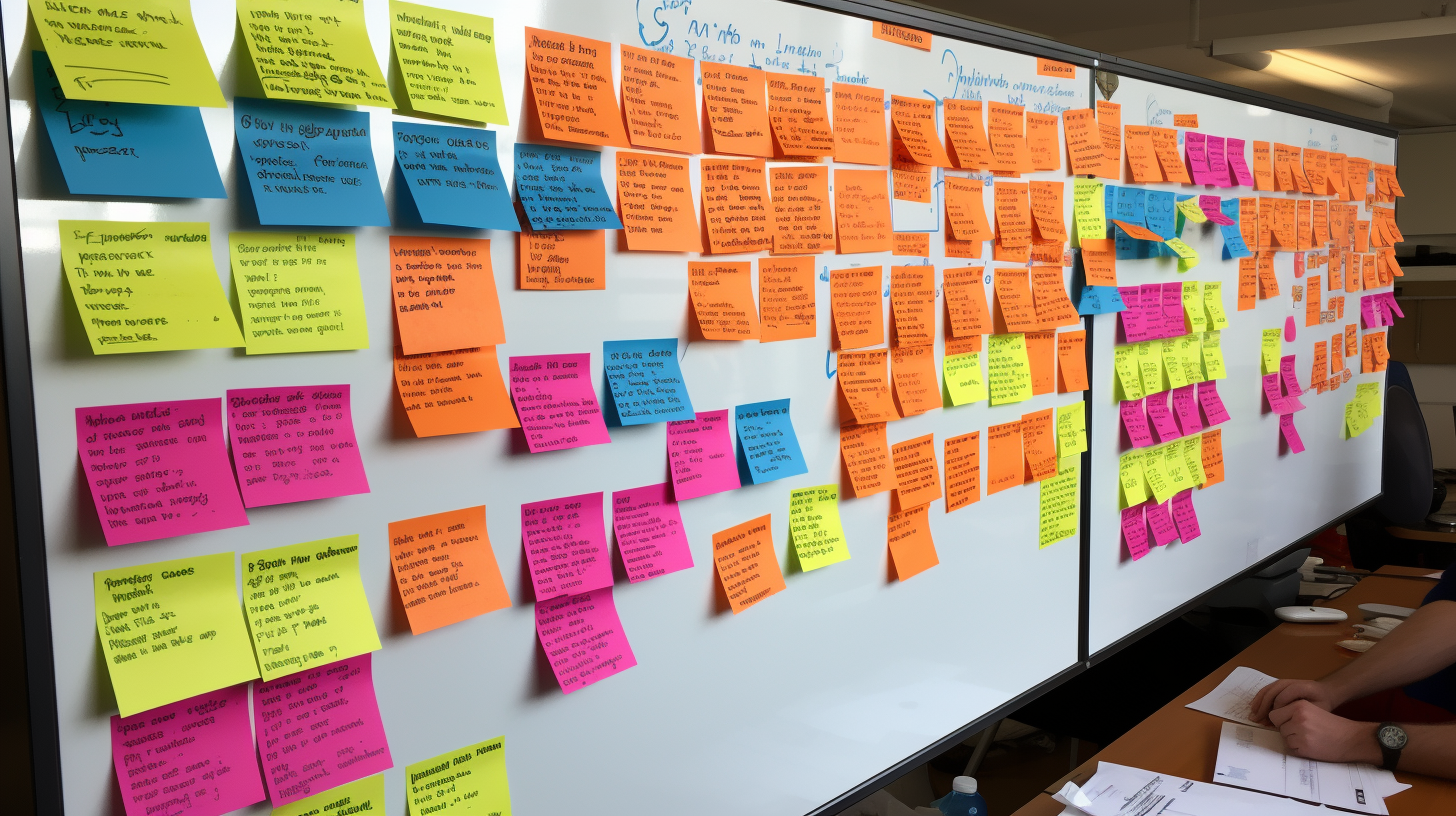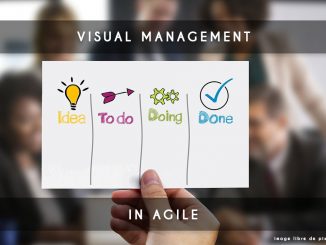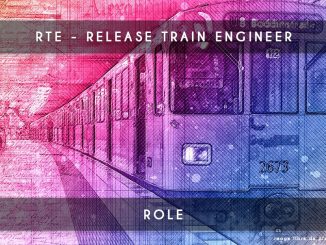
The ART Planning Board, formerly known as the Program Board within SAFe, is a highly valuable tool worth exploring. Even if you’re not working with SAFe, it can prove to be a formidable asset for efficient program management. This tool deserves attention in various coaching scenarios.
For those unfamiliar with SAFe, here’s a brief overview: What is the SAFe framework?
What is the ART Planning Board in SAFe?
The ART Planning Board offers a macro-level view of progress. It provides an overarching perspective of the work to be accomplished by all teams without delving into the details of the next five iterations. Some may indirectly liken it to a roadmap representation.
It’s important to note that in SAFe, the 5th iteration should be reserved for innovation and as a contingency plan if work isn’t completed as initially envisaged.
While this ART Planning Board is adapted from SAFe, it can be adapted over months (instead of sprints) to suit your needs.
In a simple layout, teams are represented horizontally, and sprints are represented vertically.
Cross-Functional Roles
The two bottom rows are dedicated to cross-functional roles. For instance, if your UX isn’t a team member but a shared resource across multiple teams, place it in the cross-functional roles area.
The Events Zone
The top row represents the events zone, with Post-Its within it being color-coded orange to distinguish them from other Post-Its.
Three Types of Elements
There are three types of elements represented by Post-Its in different colors:
- Blue: Features placed to ensure their right side represents the end date of their development.
- Red: Dependencies that can be represented by tasks (user stories, technical tasks, etc.) placed so that their right side signifies the end date of their development.
- Orange: Events or specific milestones placed so that their right side represents the deadline. This could include a release or the date of an impactful law, for example.
Dependencies are indicated by a red thread with extra length, making it possible to move interconnected Post-Its along the thread without requiring a new piece of thread.
When to Use the ART Planning Board?
In SAFe, the ART Planning Board is used during the PI (Program Increment) Planning. It helps organize the work for Agile Release Trains (ART). I am preparing a more detailed article on PI Planning which will delve into this topic further.
I have already introduced this ART Planning Board in companies with multiple teams that have dependencies on specific functionalities. Not only did it involve development teams but also other crucial roles essential to the progress of these functionalities, including Data Scientists and Ops teams.
Program Planning
There are various approaches to creating the ART Planning Board, but here’s a concept that works well. The Product Manager (PM), Product Owners from each product, and technical ambassadors (consider roles within non-technical teams) from each team collaborate to prepare the initial version of the board during a Program Planning session, which could be scheduled bi-monthly.
Involving technical or business ambassadors from each team is crucial to ensuring that all technical dependencies are well-identified.
Synchronization of Progress
Ambassadors from each team meet periodically, using approaches like Scrum of Scrums, to provide an overview of the program’s progress.
In conclusion, the ART Planning Board in SAFe offers an effective way to manage the broader perspective within an enterprise or IT. Many teams experimenting with this board end up adopting it because it provides a holistic view that is often lacking in large organizations.




Be the first to comment